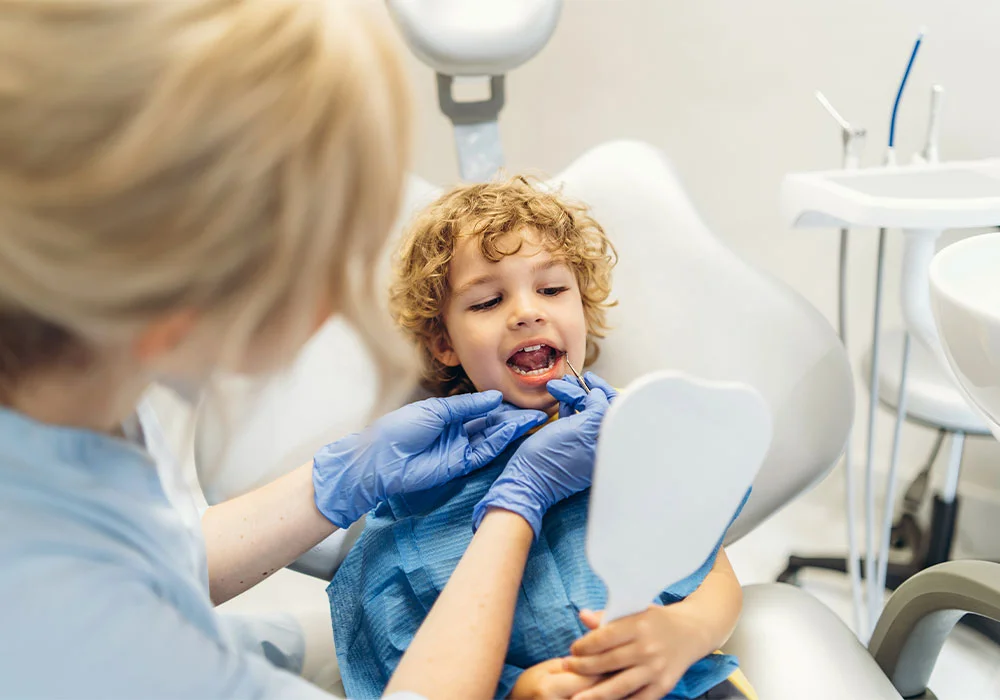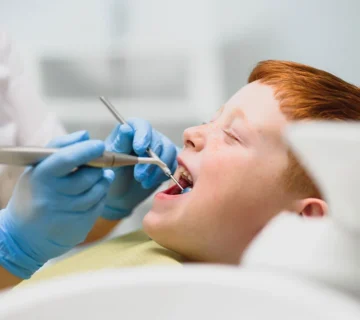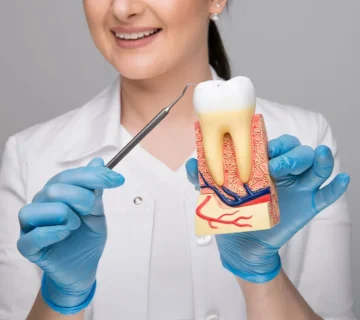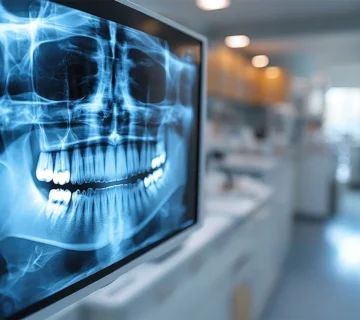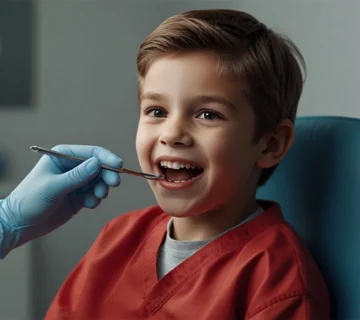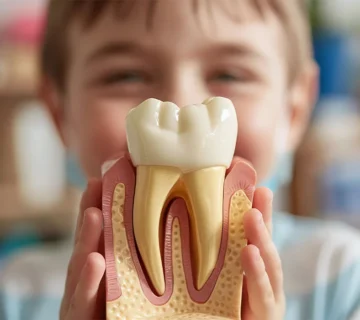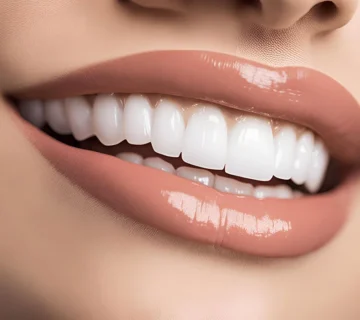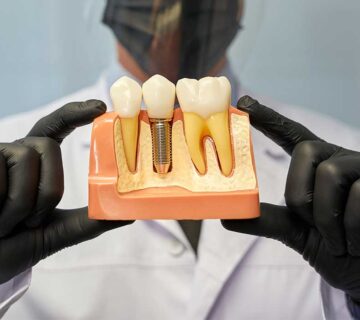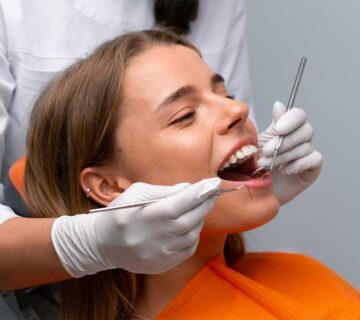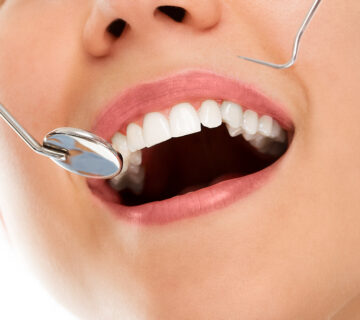Primary tooth root canal treatment is a procedure performed to protect the child’s oral health without damaging the permanent tooth. Primary tooth canal treatment is usually required in cases where the nerves (pulp) in the inner part of the tooth are damaged due to deep caries, infections or trauma. Root canal treatment aims to protect the tooth by cleaning the infected tissue inside the tooth and replacing it with a healthy filling material.
Primary tooth root canal treatment usually offers a short-term solution because primary teeth will fall out over time. However, this treatment may be important to ensure that the tooth does not cause pain, the infection does not spread, and the child continues to chew healthily.
How is Milk Tooth Root Canal Treatment Done? Step by Step Process:
1. Initial Examination and X-Ray
Before performing primary tooth root canal treatment, the dentist examines the child’s tooth and takes x-rays if necessary. X-rays are important to see the extent of infection spread inside the tooth and to determine whether root canal treatment is required. At this stage, it is understood whether there is an infection or decay in the nerve tissue of the tooth.
2. Local Anesthesia Application
Local anesthesia is applied to ensure that children are comfortable during the treatment. This numbs the area around the treated tooth and prevents pain during the procedure. The effect of anesthesia is usually short-term and the child does not feel pain at the end of the treatment.
3. Opening (Isolating) the Tooth
The dentist opens the top of the tooth to access the inside of the tooth. The pulp of the tooth (nerves and vessels) is cleaned from here. This stage ensures that the infected tissue inside the tooth is cleaned and the tooth is protected.
4. Cleaning and Shaping the Canal
After the inside of the tooth is opened, the physician removes the infected or damaged tissue inside the canal. Next, the canal is cleaned and shaped. This process is very important to prevent the infection from occurring again. The cleaned canal is expanded and shaped properly with special tools.
5. Filling the Channel
The cleaned canal is filled with a special filling material. This material sterilizes the inside of the canal and prevents re-infection. Since the roots of milk teeth are generally shorter, this filling is usually placed more thinly and carefully.
6. Temporary Filling Application
Milk teeth that undergo root canal treatment are usually closed with a temporary filling. This is a temporary crown placed on the tooth and may remain in the child’s mouth for several weeks or months. This means that temporary fillings are generally preferred instead of a permanent filling, since milk teeth will fall out anyway.
7. Control and Tracking
Regular check-ups are important after primary tooth root canal treatment. The health of the tooth in the child’s mouth, its recovery after treatment, and whether the infection reoccurs are checked. The dentist can monitor the child’s teeth and continue treatment when necessary.
Things to Consider After Primary Tooth Root Canal Treatment:
- Pain or Swelling: After treatment, sometimes there may be slight pain or swelling. This is usually temporary and can be relieved with painkillers. However, if swelling persists for a long time, a physician should be consulted.
- Soft Foods: In the early days, the child should prefer soft foods and avoid hard foods. This protects the treated tooth and accelerates healing.
- Protection of the Tooth: It is important to pay attention to the tooth that has had root canal treatment. This tooth is covered with a temporary filling and will fall out over time. Excessive pressure on the tooth or eating hard foods should be avoided.
- Follow-up Appointments: After primary tooth root canal treatment, regular dentist checks should be made. Monitoring the child’s dental health is important to ensure the success of the treatment.
Situations in which Primary Tooth Root Canal Treatment is Required:
- Deep Caries: When tooth decay progresses to the pulp part, root canal treatment may be required. In this case, the tooth may become painful and there may be a risk of infection.
- Tooth Fracture or Trauma: If the tooth is impacted or broken, root canal treatment may be required. Trauma can cause damage to the nerve tissue inside the tooth.
- Pain or Swelling: If the child feels constant pain in the tooth or if there is swelling around the tooth, this may be a sign of infection and root canal treatment may be required.
Primary Tooth Root Canal Treatment in Children
Primary tooth root canal treatment is an important procedure for preserving the child’s tooth. It is usually applied in cases where there is a serious decay or infection inside the tooth. After root canal treatment, the baby tooth can remain healthy in the mouth and help the child maintain proper chewing function. However, treatment provides a temporary solution as primary teeth will eventually fall out.
The dentist will determine the most appropriate treatment method based on your child’s condition and the general health of the baby teeth.

